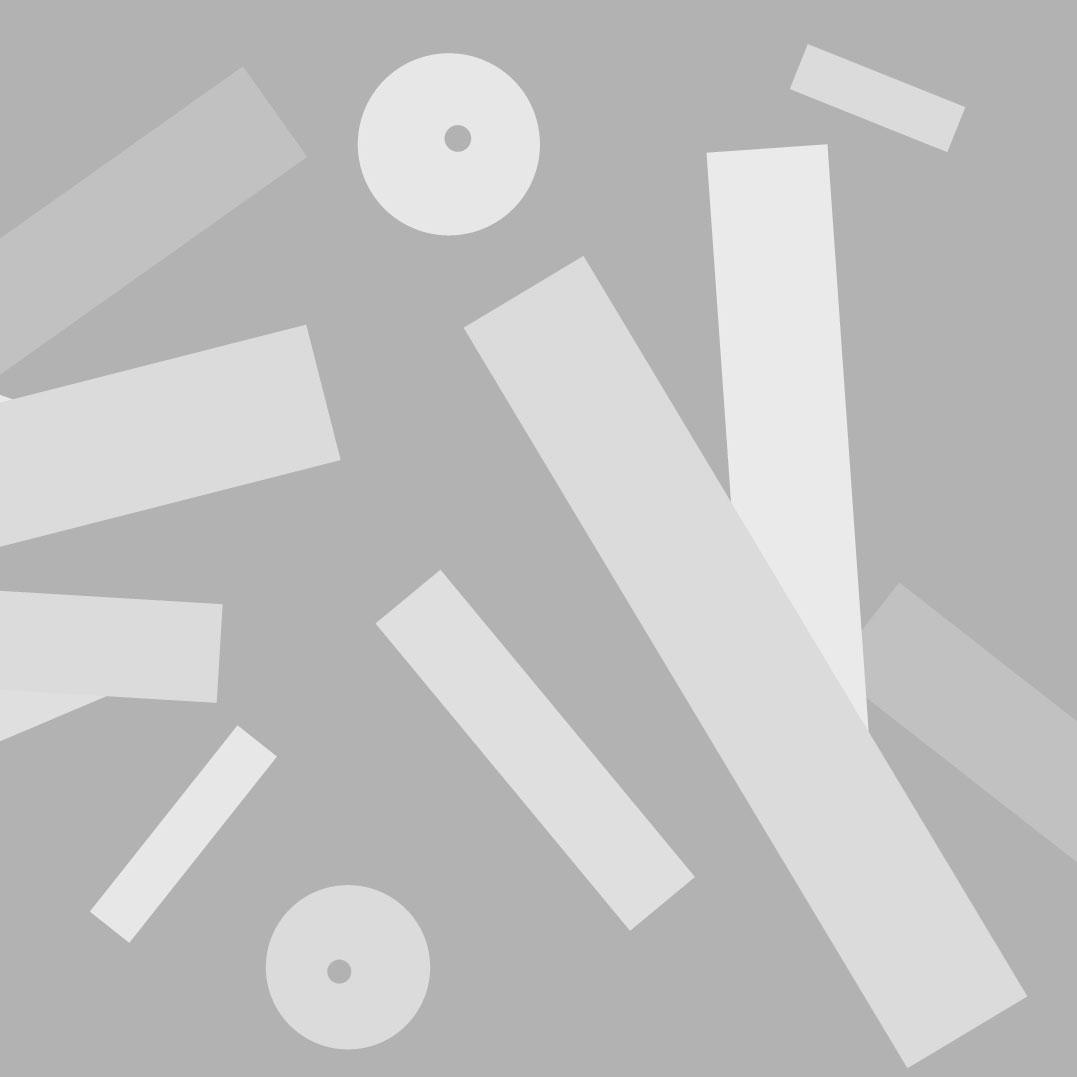A lyrical document on the themes of the civilization of violence, the values of globalized man and speed, Naqoyqatsi is also the chronicle of the most significant event of the last five thousand years: the transition from the old primitive nature to the new nature invented by man, technology. The film is structured in three movements: the first, Numerica.com, is a journey through the evolution of human language and domination; the second, Circus Maximus, highlights how fame, success and money are at the top of the values of globalized man; the third wants to highlight the damage of speed. The first looks at the novelties of a world dominated by communication and the premises of the transition from human language to the numerical code. The second observes the world of sport, play and competition. The third finally observes speed, the strong acceleration in the existence of the 21st century. The title, from the Hopi language, broken down into Na-qoy-qatsi can be translated as "to each other - kill many - lives". In a work where the images seem to follow the uninterrupted flow of sound of Philip Glass’s music – and where the visual seems to become a sort of soundtrack to the music – and interpreted by the cellist Yo-Yo Ma, Naqoyqatsi develops in three movements. Reggio seems to be trying to momentarily stop those uninterrupted visual-sound trajectories, to use his own repertoire of images by speeding them up and reanimating them through digital to try to transform the present into memory, to try to find that now labile line of separation in the passage/fusion between mind and machine. So it is not so much a “montage of attractions” or that typical rule of the Russian formalists where “two images have no meaning taken separately, they acquire it through montage”. In Naquoyqatsi the fusion of distinct and apparently insignificant images arrives through a circularity where a detail or a color opens up others, amplifying them. Thus the movement of athletes trying to overcome their limits is followed by images of tidal waves, childish smiles, military grins, faces of the world’s great politicians from the wax museum. An extreme operation, always on the risk of a suspicion of aestheticism, but also the form of a strongly coherent experimentalism, created by a filmmaker who continues to deny the “word”. The title, from the Hopi language, broken down into Na-qoy-qatsi can be translated as “mutually – kill many – lives”. In a work where the images seem to follow the uninterrupted flow of sound of Philip Glass’s music – and where the visual seems to become a sort of soundtrack to the music – and interpreted by the cellist Yo-Yo Ma, Naqoyqatsi develops in three movements. It is as if Reggio were trying to momentarily stop those uninterrupted visual-sound trajectories, to use his own repertoire of images by speeding them up and reanimating them through digital to try to transform the present into memory, to try to find that line of separation that is now labile in the passage/fusion between mind and machine. So it is not so much a “montage of attractions” or that typical rule of the Russian formalists where “two images have no meaning taken separately, they acquire it through montage”. In Naquoyqatsi the fusion of distinct and apparently insignificant images arrives through a circularity where a detail or a color opens up others by amplifying them. So the movement of athletes trying to overcome their limits is followed by images of tidal waves, childish smiles, military grins, faces of the great politicians of the world from the wax museum. An extreme operation, always on the risk of a suspicion of aestheticism, but nevertheless also the form of a strongly coherent experimentalism, created by a filmmaker who continues to deny the “word”. Life for Reggio, as the “qatsi trilogy” demonstrates, is only the fusion of music and images.
